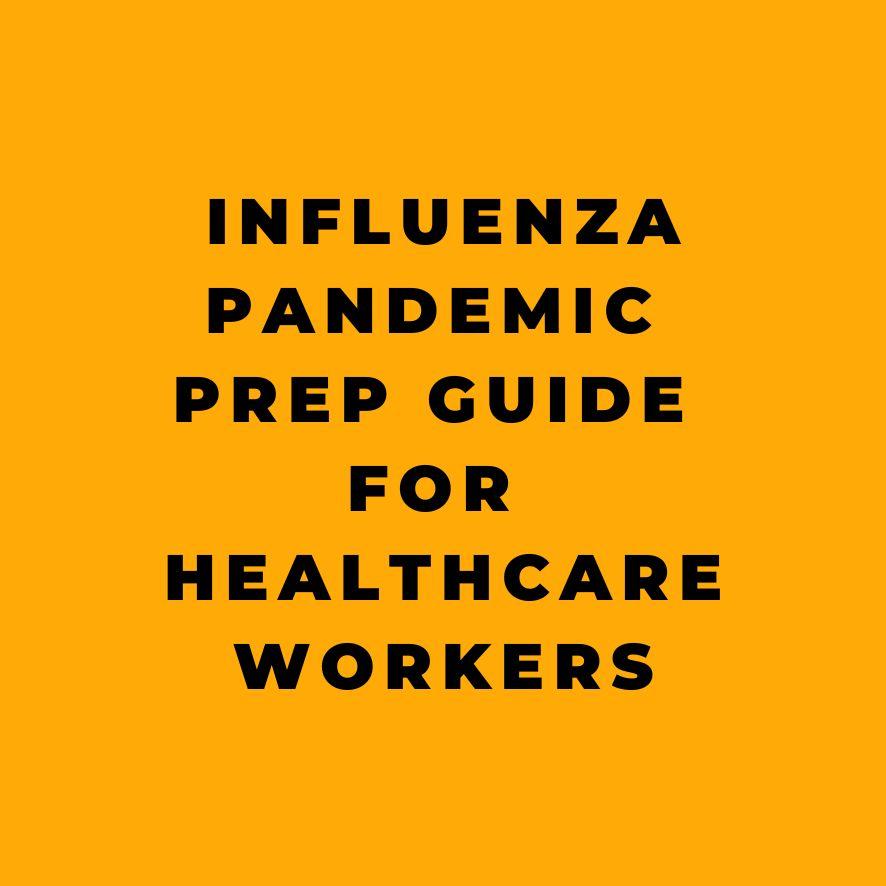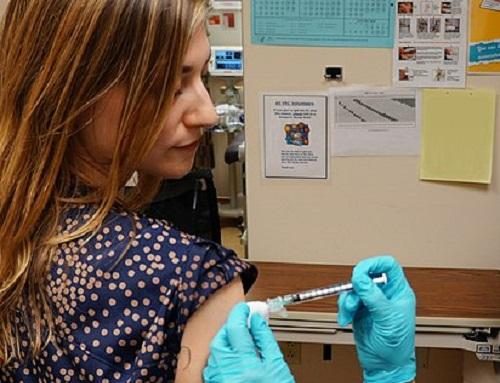Introduction
Influenza pandemics pose serious threats to public health globally. As highly contagious respiratory illnesses caused by new influenza virus strains, pandemics can rapidly spread worldwide resulting in high levels of illness, death, and societal disruption. Healthcare workers and employers have critical roles to play in preparing for and responding to influenza pandemics. Proper planning and preparedness by healthcare organizations are vital to reduce transmission, safeguard healthcare capacity, and protect the health and safety of personnel during a crisis. This article provides an informative overview of pandemic fundamentals, workplace preparedness strategies, and occupational health and safety guidance for the healthcare sector.
Understanding Pandemic Influenza
Influenza viruses constantly evolve allowing new strains to emerge over time. When a new strain appears that can readily transmit between humans who lack immunity, a pandemic can occur. Pandemics arise from novel influenza virus subtypes, often with genes from animal influenzas like avian or swine viruses. The 20th century saw three devastating flu pandemics. The 1918 “Spanish flu” caused about 50 million deaths globally. The 1957 “Asian flu” and 1968 “Hong Kong flu” pandemics resulted in over 1 million deaths each.
Symptoms of pandemic influenza resemble seasonal flu including fever, cough, sore throat, muscle aches, headache, and fatigue. However, pandemic strains typically cause more severe illness, complications, and fatalities across age groups. Pandemics hit in multiple waves, each lasting around 8-12 weeks. Attack rates range from 15-35% in an affected population. As pandemics overwhelm healthcare systems everywhere simultaneously, external assistance is limited during crises.
Pandemic Planning Essentials
Comprehensive pandemic planning can mitigate impacts through strategic preparation and coordinated response. Crucial planning elements for healthcare institutions include:
- Defining essential staff and services to prioritize
- Augmenting human resource capacity
- Bolstering information technology and communication infrastructure
- Enhancing public health coordination
- Installing surveillance, screening, and outbreak monitoring
- Stockpiling supplies including protective equipment, antivirals, vaccines
- Devising space management and facility infection control protocols
- Ensuring access to testing, diagnostics, and reporting capabilities
Implementation should involve collaboration between workplace safety committees, administration, clinical leadership, occupational health, infection control, security, engineering, communications staff, and other stakeholders. Plans must also account for challenges like staff absenteeism reaching 40% due to illness during pandemics. Routinely reviewing, evaluating, and updating plans are equally critical.
Infection Control Strategies
Preventing infectious disease transmission is paramount in healthcare settings. Facility designs and infrastructure should enable optimal infection control. Essential measures include:
Engineering Controls
- Installation of airborne infection isolation rooms
- Maintenance of adequate air exchange rates
- Proper ventilation to isolate contaminated airflow
- Placement of special filtration systems (e.g. HEPA)
Administrative Controls
- Establishing visitor access/screening policies
- Employing triage and early identification protocols
- Limiting patient movement and transport
- Suspending elective admissions/procedures
Work Practice Controls
- Promoting hand and respiratory hygiene
- Disinfecting equipment, waste disposal
- Using PPE properly (masks, respirators, gloves etc.)
- Staff cohorting based on exposure risk/symptoms
Combining multiple interventions limits transmission risks and safeguards healthcare workers and patients during contagious disease outbreaks.
Pandemic Response Guidelines
The Department of Health and Human Services (HHS) has resources to assist workplaces preparing for influenza pandemics. Their guidelines outline response measures tied to the World Health Organization’s six pandemic phases based on geographic spread:
Interpandemic Period (Phases 1-2)
- Develop comprehensive pandemic plans
- Promote seasonal influenza vaccination
- Assess vulnerabilities, stockpile supplies
- Establish partnerships with local agencies
Pandemic Alert Period (Phases 3-5)
- Monitor outbreaks and distribute updates
- Refine triage, deploy infection control protocols
- Review clinical diagnosis and lab testing capacity
- Ready communications for situational developments
Pandemic Period (Phase 6)
- Activate pandemic plans, ramp up response
- Heighten facility surveillance, reporting
- Manage patients per treatment recommendations
- Coordinate with agencies for sustained support
- Continually review, update response level
Healthcare organizations should tailor actions to each pandemic phase while accounting for changing severity and local transmission patterns.
Protecting Healthcare Personnel
Healthcare workers face high risks of infection during outbreaks. Workplaces must safeguard employee health, safety, and wellbeing. Strategies include:
- Providing medical surveillance, evaluation, care
- Ensuring availability of vaccines and antivirals
- Supplying appropriate personal protective equipment (PPE)
- Implementing job-specific infection control training
- Developing exposure tracking protocols
- Offering resources for psychological support
Following recognized safety precautions and protocols protects healthcare personnel during bioevents enabling workforce resilience and sustained capacity when communities need it most.
Maintaining Readiness
Meticulous planning and preparedness increase organizational resilience to pandemics. However, preparedness demands year-round vigilance and continuous improvement accounting for evolving research, guidance, and best practices. Pandemic response relies on combining evidence-based infection control principles with adaptive leadership under uncertain, challenging conditions. Healthcare employers should pursue a proactive stance working closely with occupational safety regulators like OSHA toward responsible pandemic planning and management. Ultimately through diligent readiness efforts and sound response coordination, healthcare organizations can overcome pandemics and future public health emergencies when they arise.
Conclusion
Pandemics present daunting challenges for healthcare in every nation. However, the COVID-19 crisis demonstrates that prior preparation coupled with resolute, coordinated responses can curb transmission and mitigate harm. While continued progress is needed, the healthcare community’s pandemic response also showcases invaluable lessons for boosting readiness and resilience before the next major outbreak. Through purposeful planning guided by public health insights, healthcare workplaces worldwide can tackle future bioevents with greater collective capacity to safeguard communities and personnel. While constant vigilance against circulating influenza strains remains vital, healthcare organizations must continue advancing their readiness for the rare but consequential pandemics likely to transpire in the years ahead.










